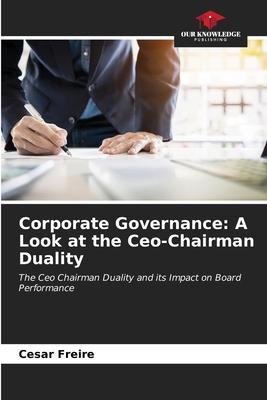For companies that decline the presence of Good Corporate Governance (GCG), the duality figure limits the control of the board of directors focused on the actions of the company’s CEO. This situation generates control inefficiency, limiting the possibility of implementing intervention tools by the CEO. In this sense, being the same person who performs the functions of Chairman of the Board and CEO, the presence of control is diminished, making it impossible to obtain the optimal results required by the shareholders. The CEO-Chairman duality is not optimal when it comes to maximizing shareholder wealth, since in these cases control over the CEO’s actions is put at risk. Therefore, control over the CEO’s decisions is one of the main responsibilities of the chairman of the board. Consequently, under a duality scenario, the CEO’s actions can be influenced, leading to high agency costs (Jensen & Meckling, 1976).
| FindBook |
有 1 項符合
Corporate Governance: A Look at the Ceo-Chairman Duality的圖書 |
 |
Corporate Governance: A Look at the Ceo-Chairman Duality 作者:Freire 出版社:Our Knowledge Publishing 出版日期:2024-01-12 語言:英文 規格:平裝 / 56頁 / 22.86 x 15.24 x 0.33 cm / 普通級/ 初版 |
| 圖書館借閱 |
| 國家圖書館 | 全國圖書書目資訊網 | 國立公共資訊圖書館 | 電子書服務平台 | MetaCat 跨館整合查詢 |
| 臺北市立圖書館 | 新北市立圖書館 | 基隆市公共圖書館 | 桃園市立圖書館 | 新竹縣公共圖書館 |
| 苗栗縣立圖書館 | 臺中市立圖書館 | 彰化縣公共圖書館 | 南投縣文化局 | 雲林縣公共圖書館 |
| 嘉義縣圖書館 | 臺南市立圖書館 | 高雄市立圖書館 | 屏東縣公共圖書館 | 宜蘭縣公共圖書館 |
| 花蓮縣文化局 | 臺東縣文化處 |
|
|
圖書介紹 - 資料來源:博客來 評分:
圖書名稱:Corporate Governance: A Look at the Ceo-Chairman Duality
|











